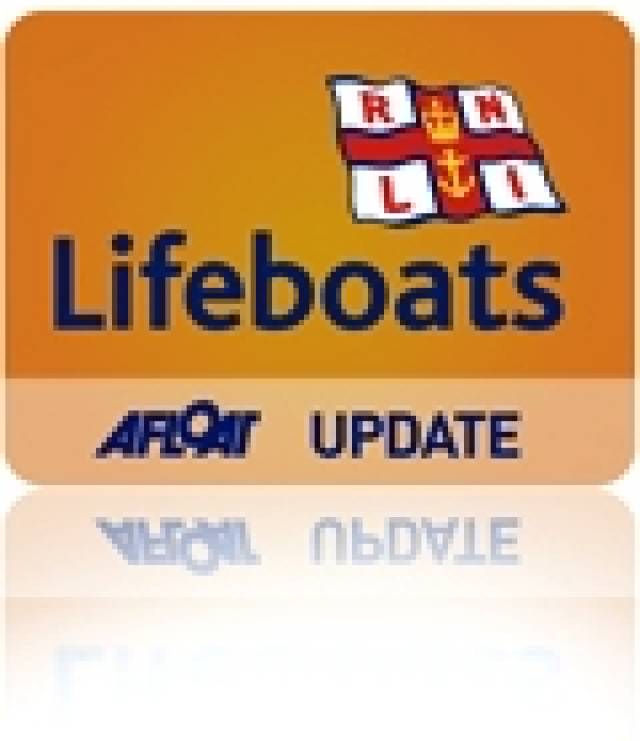#rnli – A 29–year–old woman and her dog were rescued by Courtown RNLI volunteer lifeboat crew from the water at Courtown Harbour last night (Monday 17 December) after a twenty minute ordeal in freezing conditions.
The local woman went to the assistance of her Jack Russell Terrier named Holly, who went into the water off the pier in Courtown, County Wexford and got into difficulty, at around 10.45pm.
The woman had lowered herself into the water using a lifebuoy and a rope about 15 metres from the entrance to the harbour but due to the temperature of the water, she was unable to climb back up the rope.
A member of the public who was passing the scene, went to the assistance of the casualty and kept talking to her while he phone the emergency services. He urged her to keep hold of the ring buoy as she was in danger of being swept out to sea and visibility was poor.
Courtown RNLI volunteer lifeboat crew arrived at the scene on foot and aware of the imminent danger two lifeboat crew donned their protective lifeboat kit and entered the water.
They recovered the casualty and her dog to safety and with the assistance of lifeboat crew ashore the pair were then taken to the lifeboat station to recover. The woman was then reunited with family and taken home with Holly in tow.
Courtown RNLI Lifeboat Press Officer and crewmember Aine Stafford said, "We were delighted that this callout had a happy ending and that both Holly and her owner are recovering well from their ordeal. We would advise people against going into the water after their pets as this can lead to a tragic outcome. The RNLI will launch to rescue anyone in difficulty and that does include pets and animals in trouble. We hope Holly and her owner enjoy their Christmas.
The lifeboat crew also wish to thank the member of the public who raised the alarm and whose quick thinking and calm reaction almost certainly prevented a tragedy. They also advised that if any member of the public spots someone in difficulty in the water that they phone 999 immediately and never put themselves in danger.
































































